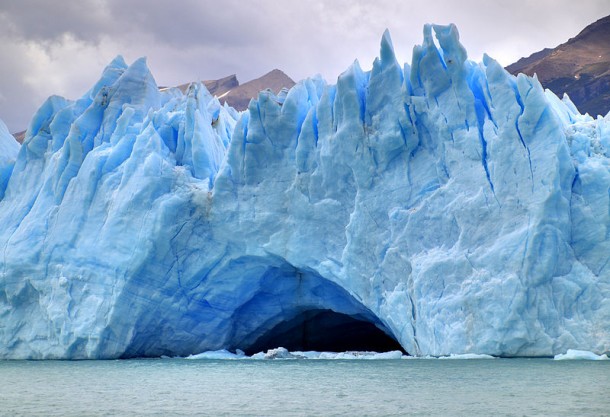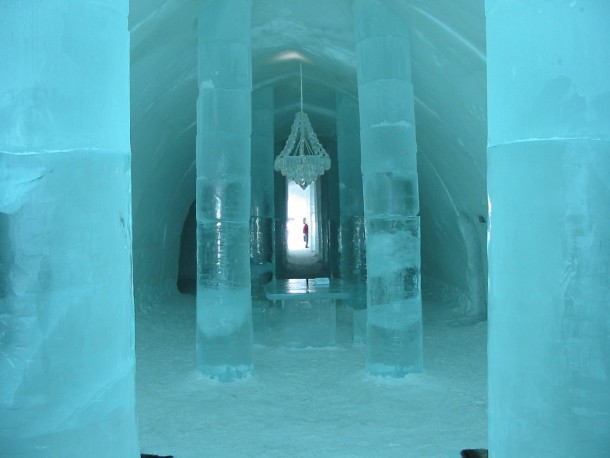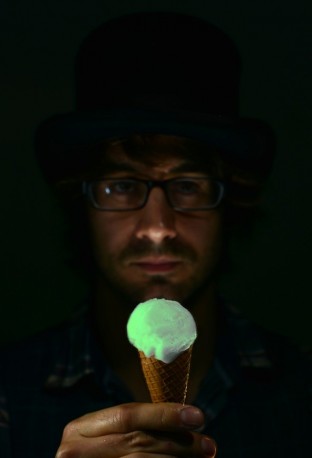
NASA researchers have confirmed that a gigantic iceberg, roughly the size of Singapore, is now drifting into the Southern Ocean, after it broke off an Antarctic glacier earlier this year.
The iceberg – which measures 21 by 12 miles – broke off Antarctica’s Pine Island Glacier in July of this year, two years after NASA scientists first noticed a crack in the glacier.
The giant piece of ice has since begun moving away from the coast, after it was initially held close to the glacier by sea ice.
Although icebergs do traditionally move at a slow pace, especially when they are as large as this one, the large mass could eventually end up causing problems if it gets in the way of international shipping lanes.
One of the researchers monitoring the iceberg, Robert Marsh, said in a press release that the iceberg would be capable of surviving in open ocean for a year
Mr Marsh also went on to say that the freshwater produced once the iceberg melts could well have an impact on ocean currents. “If these events become more common, there will be a build-up of freshwater, which could have lasting effects,” he said.


